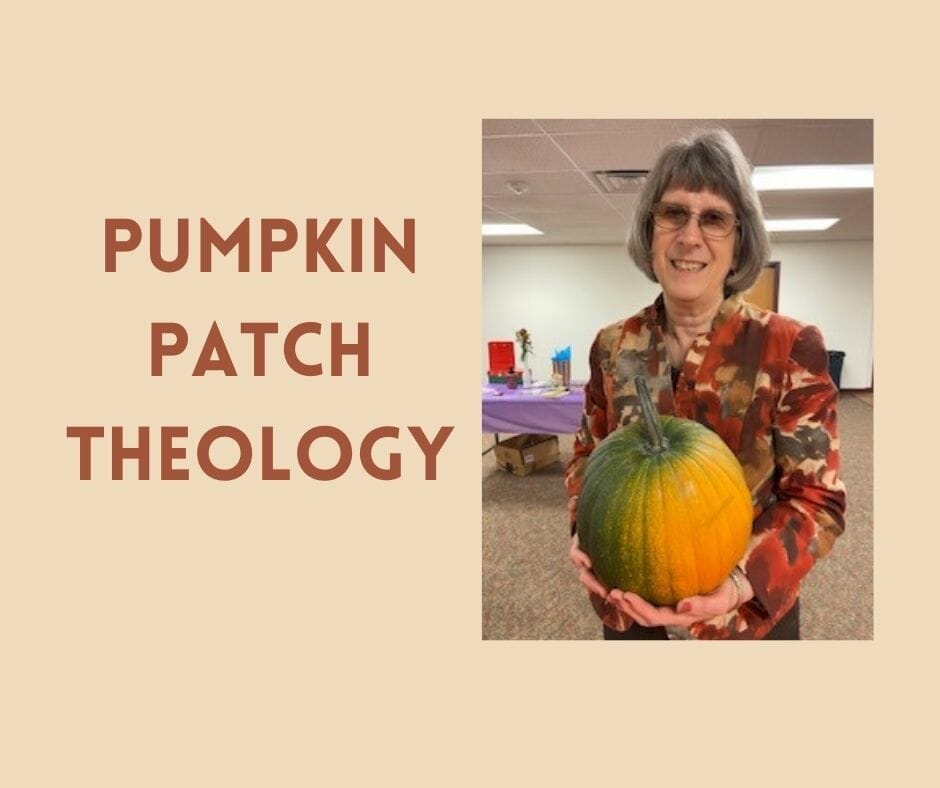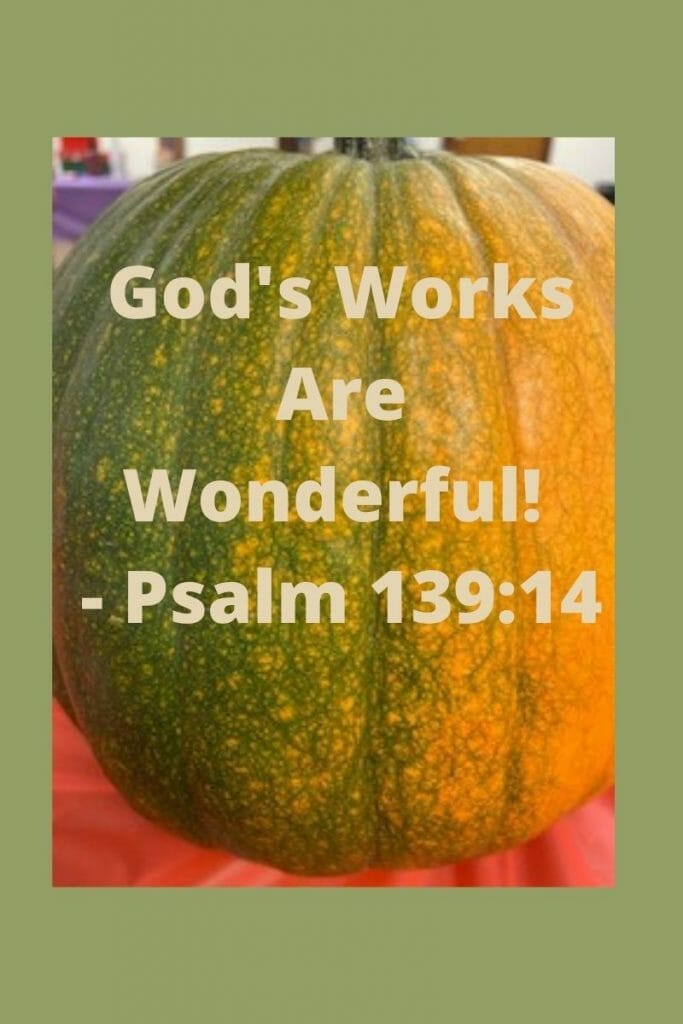
“What did you see today?”
I asked that question as a group of women on retreat sipped coffee and munched donut holes. We sat at tables covered with autumn color tablecloths and mounded with pumpkins in various stages of ripeness. One lady had hauled dozens from her pumpkin patch to the retreat that morning from her stripped garden that came to an abrupt end with the threat of the first killing frost.
As the guest speaker at the retreat, my morning message was to be on seeing the nature of God through His creation. The retreat planners and I had scheduled an early morning nature walk as the first item on the morning’s agenda. We encouraged the women to either join a small group at a local park or sit outside for a few moments at their home before the retreat’s main session began so they could observe some part of nature. When we all arrived at the retreat center, we gathered in breakout groups to share our discoveries.
Surprise answer
I turned to the pumpkin donor who sat on my left to start the discussion. Her answer was not what I expected.
“The thermometer.”
Then she explained about her pumpkin patch. She’d had a bumper crop of 123 pumpkins in all. Last night’s forecast called for a hard freeze and after coming home from the previous evening’s retreat session, she didn’t have time to gather in all her pumpkins. Whatever was she going to do with over a hundred frost-bitten pumpkins? She checked the hourly forecast; the temperature was to dip to its lowest point at 7 a.m. Her crop would be ruined, she was certain of it.
At 5 a.m. she checked the outdoor thermometer. 35 degrees. At 6 a.m., 34. She stared at the tiny needle. Please, Lord, she prayed, could you keep it from freezing so I can get my pumpkins in today?
7 a.m. The temperature held steady at 33 degrees.
“I prayed and the temperature didn’t go down,” she said in wonder. “I’m convinced. God held that temperature steady for me.’
Why not? He who has the power to create pumpkins and wind and all of creation, He who loves his children which a lavish kind of love—wouldn’t He also have the power to alter the course of freezing temperatures?
What’s so special about an underripe pumpkin?
My new friend pointed to the half-ripened pumpkin on the table. And then she gave her own devotion that delighted my speaker soul. Here’s the gist of what she told our small group.
“We expect all pumpkins to be fully orange and consider those as the ones that are more desirable.” She drew her finger along the demarcation line between emerald green and emerging orange. “But look at this speckled pattern. Isn’t it beautiful? There’s beauty in developing pumpkins, beauty that we can appreciate as much as the orange of a fully ripened pumpkin. And just think. Setting this different colored pumpkin beside an orange one would add variety and contrast to a display. A display of only orange pumpkins would be boring”

God’s pumpkin patch
She leaned back in her chair. “It gives me a new appreciation for people we label as “developmentally delayed.” They may not be as far along as we are or be all they can yet be. But they are still created by God and are beautiful as they are right now. They still have something to offer the rest of us. In fact, none of us are fully matured. Each of us has something to offer the rest of the world at the point we are at right now.”
“You just tested out of the class,” I told her. My talk that morning was to be on seeing God’s character through the lavish display of creation. I hadn’t included thoughts on the idea of a dynamic creation, always changing, emerging, and maturing, a testimony to the creativity of God at whatever stage.
And we, too, are in the process of becoming. Even as we mature, even as God transforms us, we–all of us–are beautiful and worthy with something to offer, something God can use to make this world a better place.
My friend grinned. “Does anyone want to take home a pumpkin?”

Leave a Reply